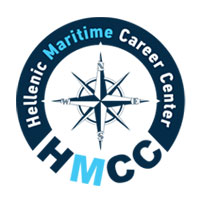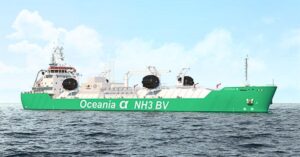
Wagenborg Rushes To Refloat Grounded Cargo Ship Before Arctic Ice Forms
October 8, 2025
HII Completes First Sea Trials Of Virginia-Class Attack Submarine ‘Massachusetts’
October 8, 2025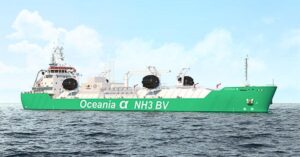
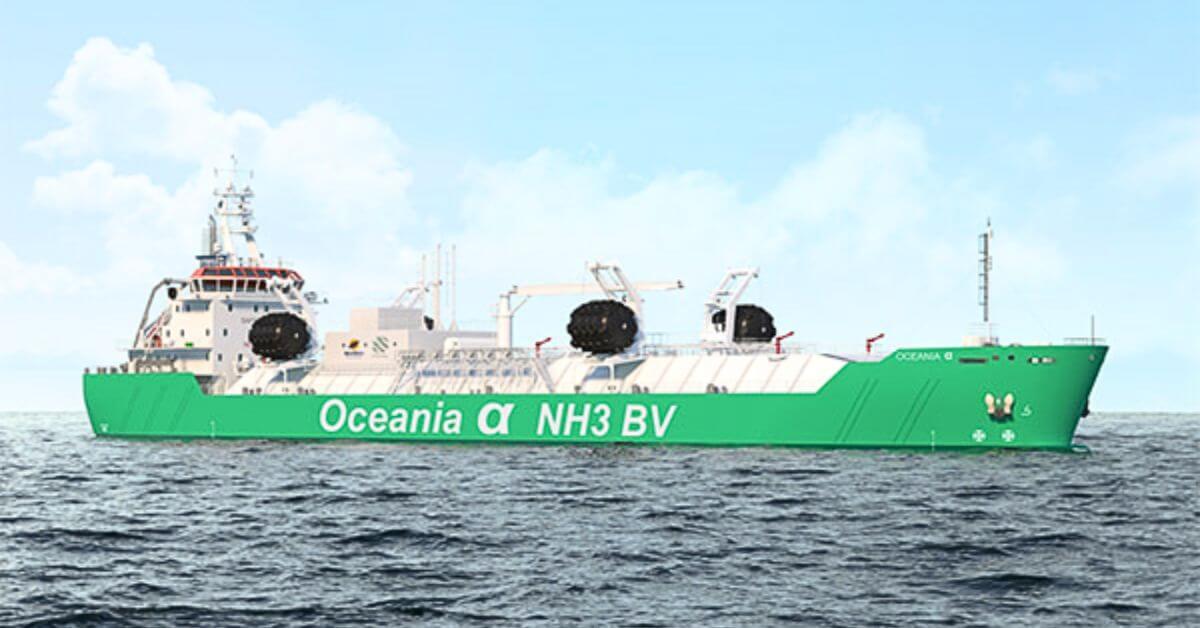
Mitsui O.S.K. Lines, Ltd. (MOL) has agreed to join a groundbreaking ammonia bunkering project in Western Australia’s Pilbara region. The company signed a Memorandum of Understanding (MoU) with NH3 Clean Energy Limited (NH3) and Oceania Marine Energy (Oceania) to develop ammonia bunkering operations. This marks the first time a global ocean-going shipping company has committed to such an initiative in the region.
The agreement supports the Pilbara Clean Fuels Bunkering Hub initiative, which was announced earlier this year by the Pilbara Ports Authority. The project aims to establish ammonia bunkering facilities for Capesize bulk carriers at the ports of Dampier and Port Hedland by 2030.
Under the arrangement, NH3 will supply blue ammonia, while Oceania will manage bunkering operations. MOL will co-own three ammonia dual-fuel Capesize bulk carriers in partnership with Belgium-based CMB.TECH NV.
These vessels, built by China State Shipbuilding Corporation’s Qingdao Beihai Shipbuilding Co., Ltd., are due for delivery between 2026 and 2027. MOL will charter these vessels to operate along the West Australia–East Asia trade route.
The MoU outlines collaboration on transitioning iron ore carriers in the Pilbara to ammonia fuel and advancing the WAH2 project. The partners will jointly address operational and safety challenges in ammonia bunkering and work on fuel procurement strategies.
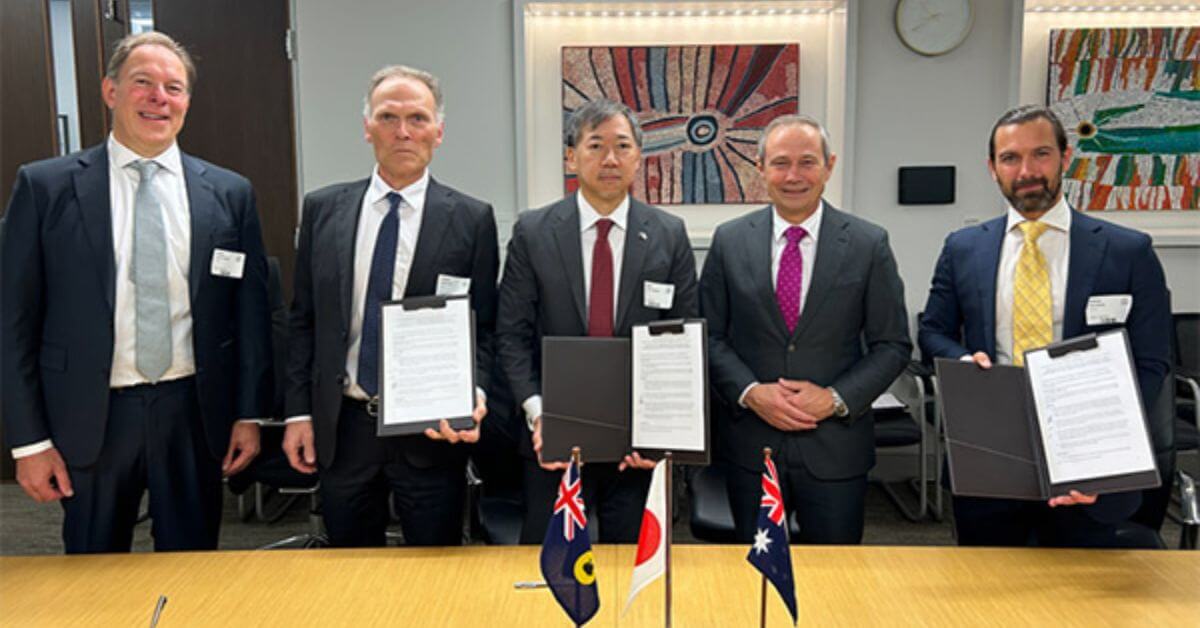
MOL’s Managing Executive Officer, Kazuhiro Takahashi, said the agreement is a major step toward safe ammonia bunkering in the Pilbara and key to MOL’s plan to operate ammonia dual-fuel vessels by 2026.
NH3 Clean Energy’s Chairman, Charles Whitfield, said the agreement brought the clean ammonia bunkering vision closer to reality, boosting efforts for low-emission maritime fuels and supporting a sustainable future for Australia’s mining and energy exports.
Oceania Marine Energy’s Managing Director, Nick Bentley, said the partnership shows how the shipping and energy sectors can work together to reduce emissions.
Bentley noted that combining ammonia production, port infrastructure, bunkering services, and MOL’s fleet would establish an integrated marine fuel solution to meet International Maritime Organisation decarbonisation targets.
The Pilbara region, home to the world’s largest iron ore export port, is a strategic location for the initiative, which could become a global model for low-carbon maritime fuel.
Reference: MOL
Source: Maritime Shipping News

